Budget Travel Korea | Jeju | Manjanggul Lava Tube
Never have I imagined that one day I'd be walking in a tunnel created by flowing scorching hot magma some hundreds of thousand years ago.
There are certainly many places to go in Jeju but I was particularly very grateful that I found out about this UNESCO World Heritage site coz as travelers who had a very limited time in Jeju, we had to prioritize seeing/doing the rare things that we absolutely can't find in our country or most other places he he ;)
We reached the Manjanggul Lava Tube around 5pm right after our visit to Seongsan Ilchulbong Peak, which left us just enough time to walk a whole 1km stretch of the tunnel all the way to the end and back because this place closes at 6pm =D
I reckon it was around 4.40 pm when we got on the cab at Seongsan and the driver had to drive very very fast to make sure we could make it here in time.
Upon reaching the site, we practically ran to the ticket counter because there's a cut-off time for the tour and soon after that found ourselves descending a stairway at the tube entrance which seemed to be a huge opening in the middle of an underground natural tunnel.
Notice that the stairs lead us to the right; from that point onwards we walked in the tunnel for about 1km on very uneven, wet and puddled floor which were in fact hardened residual lava. The tunnel stretches over 8km towards the sea and actually continues on to the left of the stairs too but I reckon it could be a hard route to walk in, so it was not opened to the public.
As we were walking through the lava tube, we noticed the changing heights in the ceiling; in some places it got really high that it created chambers so huge, you could put up a community hall here he he.
Although the tunnel was illuminated all the way through, I still had to use my headlamp to capture the texture of the walls and ceilings. But you might not need one if you use more sophisticated cameras and mobile phones :P
 |
| When the hot magma was flowing, the stones on the ceiling melted leaving this texture as the temperature decreased |
There were information board placed along the way explaining the geological terms of the various rock formations here and how it was formed; and if you do get tired from all the walking, you could take a breather on the benches provided.
Half way through the tunnel, we heard some one walking very fast nearing on us; the person stopped wherever we did but never overtook us when we slowed down. It made us uneasy because we thought we were slowing other people down, especially when the route got narrower towards the end where in some places there were small boardwalks over and around the rock formations. I mean, we know being Malaysians, our walking pace is way slower than Koreans ha ha.
When we finally turned our heads, we found out the person is actually a staff there, a 'sweeper' who makes sure nobody stayed/left behind in the tunnel after closing, because he asked us to pick up our paces as the place was about to close and we still had to make our journey all the way back to the entrance :P
He could've told us earlier though, instead he let us take our time to appreciate the surroundings; that was very nice of him.
Not long after, we reached the end of the route where there was a column of hardened lava which was in fact the beginning of the tunnel .. confused?
Here, if you look closely at the photo below, the top of the column is connected to the hole in the ceiling; a large amount of lava actually spilled from the upper level to the lower level through this hole and made its way to the sea whilst creating a tunnel as it went. When the eruption stopped and temperature decreased, the lava hardened forming this largest lava column known in the world standing over 7m in height. You can find a detailed description of this place on amusingplanet.com.
We were standing on a deck here, above thick bed of hardened lava which I suppose is difficult to step on, so the deck makes it easy for visitors to get closer to the column. After briefly taking photos and checking out the area we headed back where we started.
I remember by the time we were heading out, my fingers were almost numb because of the low temperature.
 |
| Back at the entrance. |
Returning to Kim's Cabin, our guesthouse was easy because we had the cab driver who took us here to wait up while we toured the cave and then send us back. Thanks to a blog I read (sorry I forgot the link), I learned that public transport is pretty hard to get around here especially if you come this late; and if you wish to take a bus, you'll have to walk out to the main road for about 1-2 km.
I think we were blessed to have hired this cab because the driver was very nice to us; we chatted a lot along the ride to and fro, and we did express our concern to catch a transport back from Manjanggul so he actually offered to wait on us at no extra charge.
On top of that, he didn't mind pulling over on the roadside on our way back for us to take this selfie with this windmill;
and generously gave us a further discount from KRW26,000 to KRW19,000 instead for the whole ride ^^
This angel of a stranger deserves to be immortalized in a selfie with us ha ha :D
 |
| Back at Kim's Cabin |
So the Manjanggul Lava Tube walk closed our 1-day tour of east Jejudo; 3 natural wonders and a manmade giant aquaria complex :P
We started our journey in the morning from the southeast of the island to see Seopjikoji, Hanhwa Aqua Planet Jeju, Seongsan Ilchulbong Peak and finally stopped somewhere in the northeast side where this lava tube is located. The next morning, we flew to Busan.
Getting here:
If you favor convenience and have cash to spend, take a cab; if you are on a budget and still want convenience, stay nearby and get a cab. The fares could go from KRW10,000 up to 100,000++ depending on where you stay.
If you are on a budget, have ample time in Jeju and love to exercise, hop on a bus =D. Checkout Visit Korea official page for bus schedules.
If you can, rent a car ;)
Admission:
Fee is KRW2,000 per adult; opens from 9am-6pm everyday except first Wednesday of the month.
Attire:
Comfortable walking/hiking shoes or trainers, warm clothes












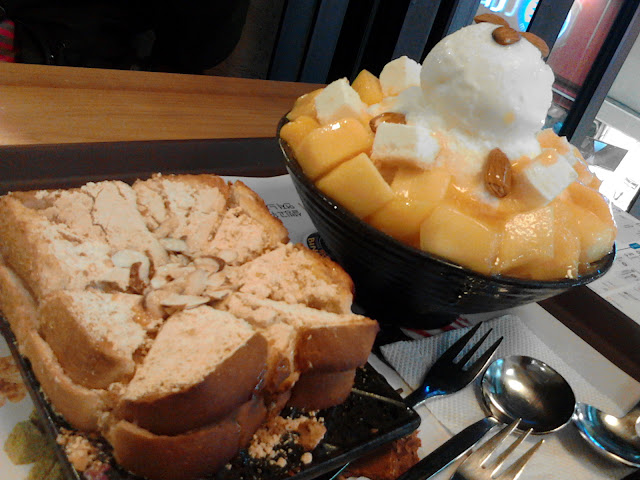
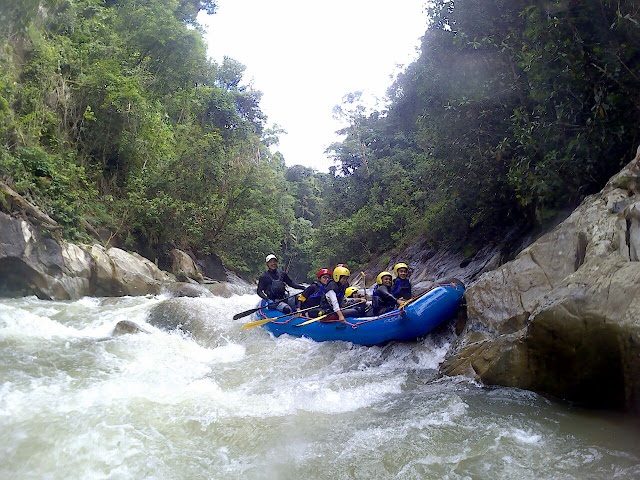
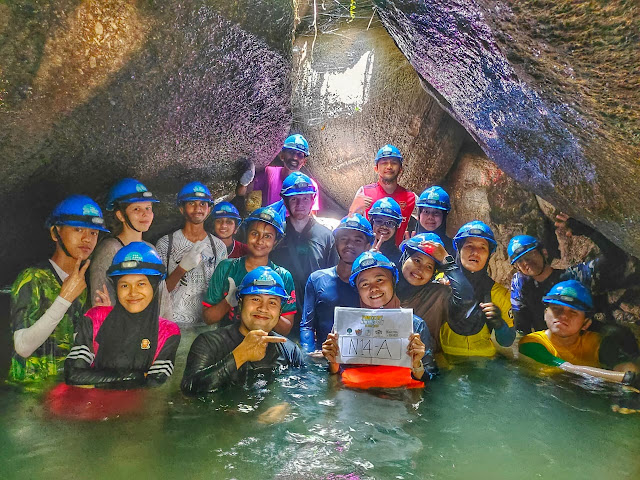
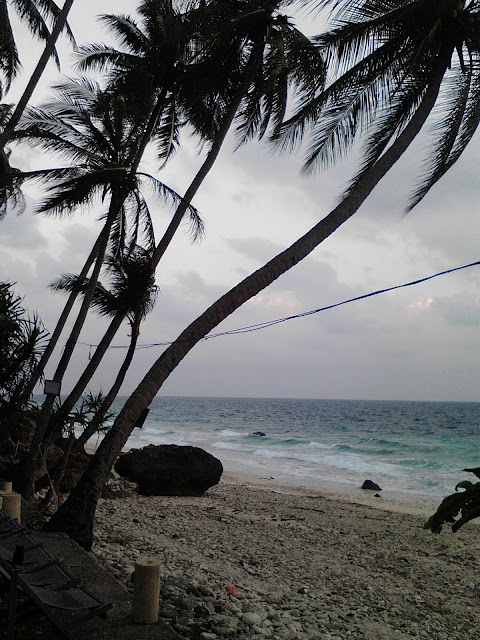



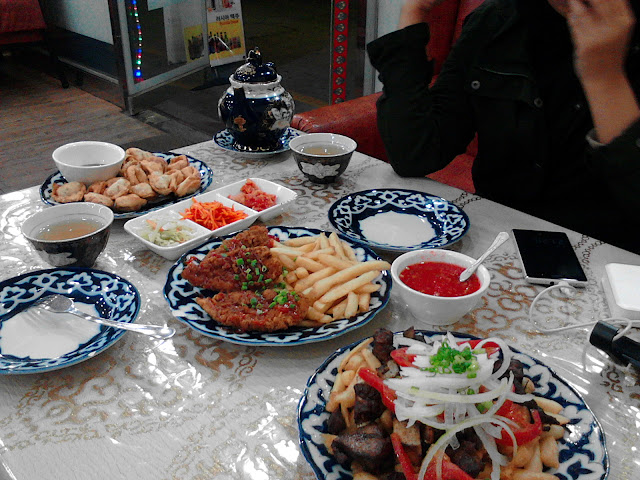

Comments
Post a Comment